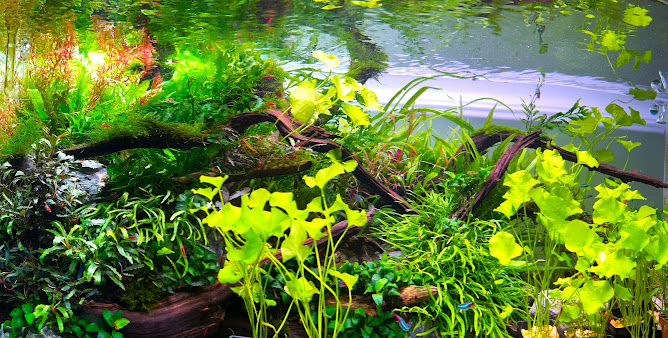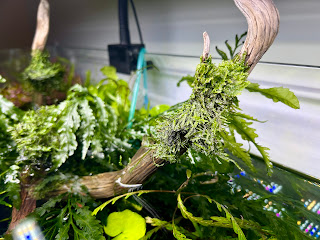In this blog I provide guidance on improving your soft tap water by adding essential minerals and, importantly, how to avoid the steady increase in these minerals due to evaporation and other contributing factors over time. I also help you understand your aquarium's GH and KH, going beyond basic water change advice.
General Hardness (GH) and Carbonate Hardness (KH): Are you testing for them in your planted aquarium? If not, you might be overlooking two of the most important yet often least understood water parameters. The Practical Aquarist is dedicated to bringing GH and KH into the spotlight and providing clear guidance on understanding, testing, and maintaining these essential elements for a thriving planted tank.
6 degrees of German hardness (6 °dH) sits right in the sweet spot for many common freshwater community fish, which do well between 4 °dH and 8 °dH – and represents my target for optimal planted aquarium water. In these pages, I focus specifically on using soft tap water, recognizing that tap water rarely provides truly ideal conditions for a thriving aquarium right out of the faucet.
Personal Anecdote: The Importance of Routine GH and KH Testing
My planted aquarium recently revealed a GH reading of 14 °dH and a KH of 7 °dH—significantly higher than the ideal range for my tetras and shrimp. This discovery, which followed a period of complacency in my GH/KH testing routine, prompted me to deepen my understanding of GH/KH management and ultimately led to the insights shared in this article series.
It also changed my personal practices. I now test GH/KH before every water change, remineralize my soft tap water only when needed, and utilize a nuanced water change strategy as described in Article #4.
Thank you, and I hope you find this blog interesting and helpful.
The Practical Aquarist
.jpg)
.jpg)
